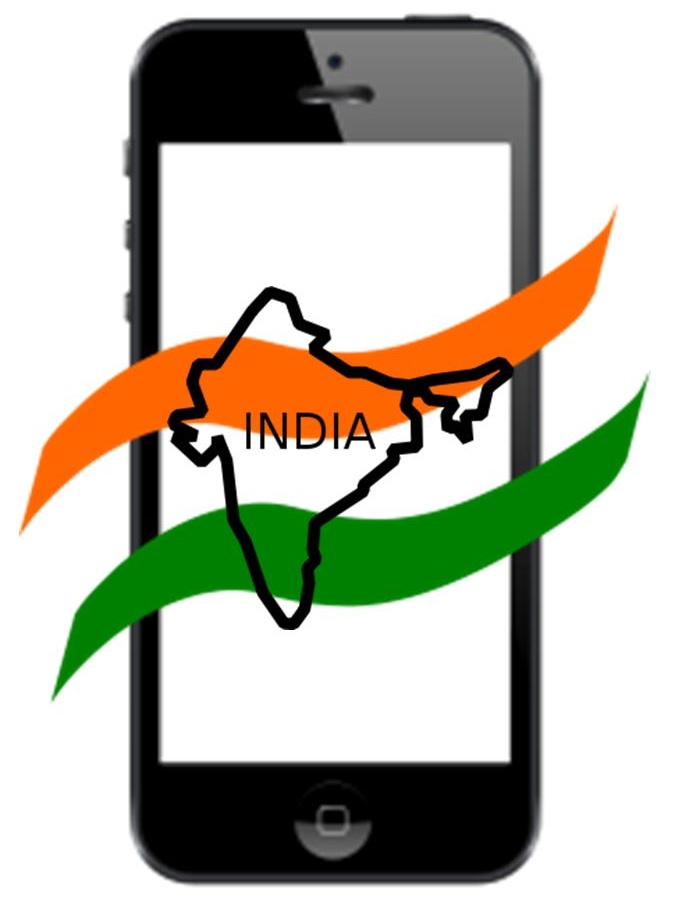A study conducted by Yahoo! has shown that Indian consumers have a specific ad preference.
According to a survey by Yahoo!, which was performed in conjunction with the Mindshare online and mobile marketing, and global media services firm, smartphone and tablet owners in India find ads more appealing when they are eye catching in a creative way, when they are informative, and when they feel that they enhance their social position.
The survey, entitled “Getting Mobile Right” also revealed that Indian consumers are keen news consumers.
According to the report on the results of the mobile marketing survey, “Sixty seven percent of the respondents desire ads that allow for creative expression, while 61 percent prefer advertisements that enhances their social standing.” Furthermore, 60 percent of the participants in the survey stated that they have a preference for advertisements that can be shared with family and friends. An additional 58 percent preferred the ads that gave them something interesting to discuss with others.
The mobile marketing research also indicated that both smartphone and tablet users especially enjoy political news.
 Though they do enjoy news content, as a whole, it is political news that was revealed as the most interesting to the participants in the mobile marketing study. The survey was conducted throughout July and August and involved 504 respondents who were smartphone users, and 101 who were tablet users. The participants resided in Bangalore, Delhi, and Mumbai.
Though they do enjoy news content, as a whole, it is political news that was revealed as the most interesting to the participants in the mobile marketing study. The survey was conducted throughout July and August and involved 504 respondents who were smartphone users, and 101 who were tablet users. The participants resided in Bangalore, Delhi, and Mumbai.
According to David Jeffs, the head of insights in India and South-East Asia at Yahoo!, “Given the mobile growth in India, the potential for brands to engage with their consumers via smart devices is tremendous.”
The purpose of the mobile marketing study was to gain greater insight into the behavior of smartphone and tablet using consumers. It investigated their content and ad preferences and the ways in which their habits change throughout the length of the day. They also looked into the way that the changes in their behaviors alter the way that their devices are being used and what they are consuming while they use those devices at those different times of day, explained Jeffs.

